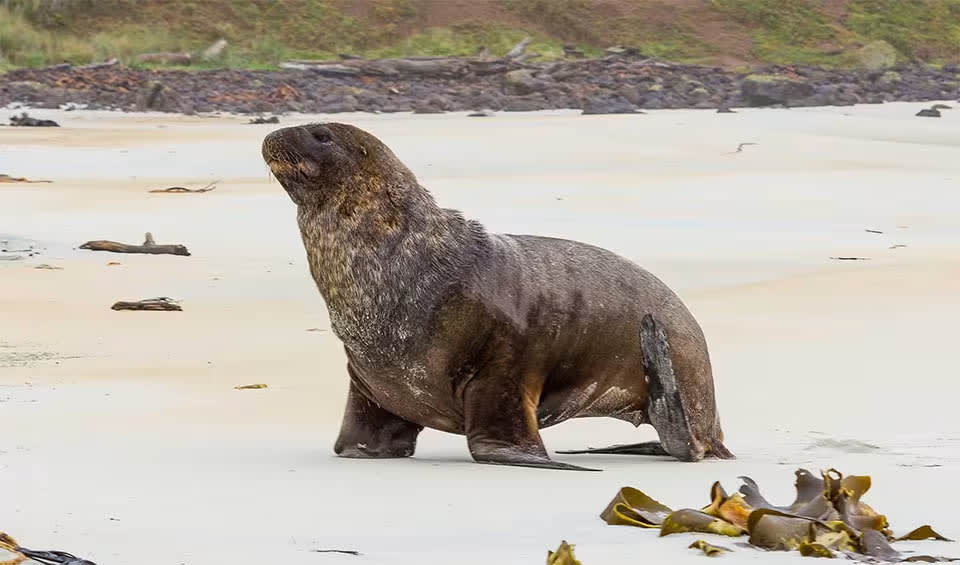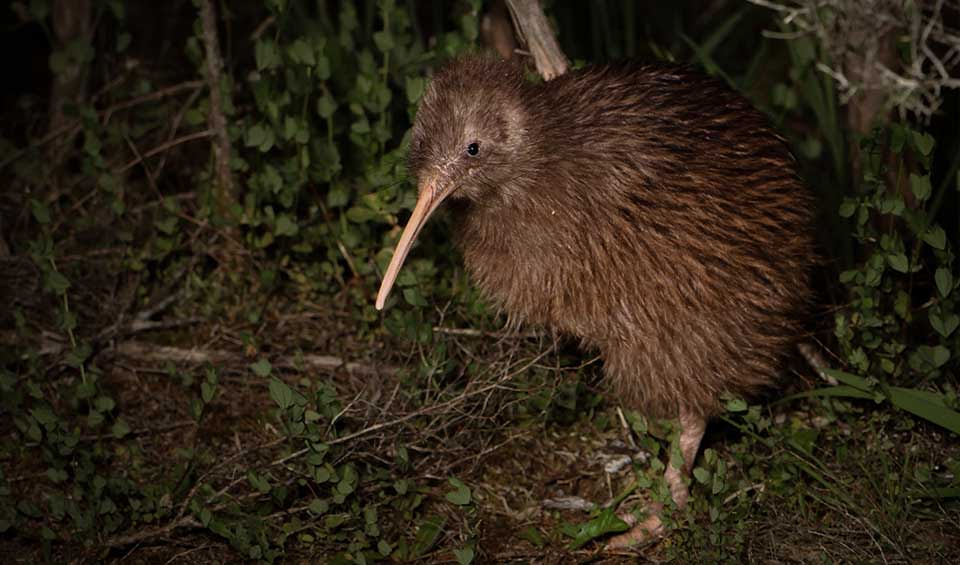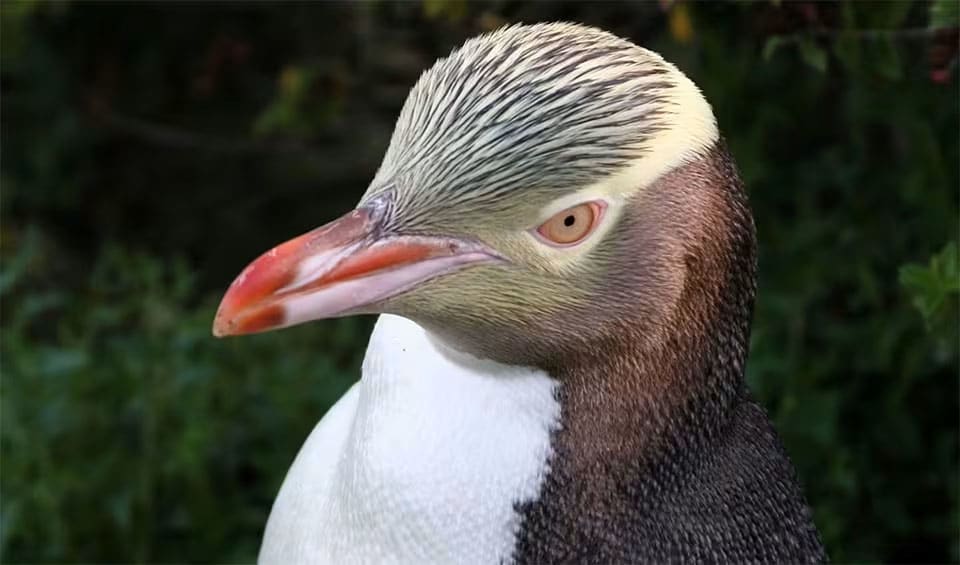New Zealand’s biodiversity significantly enriches global diversity, boasting an estimated 80,000 endemic species and earning international recognition as a biodiversity hotspot. This remarkable endemism is primarily attributed to New Zealand’s prolonged isolation from other land masses, coupled with its diverse geography and climate, which have fostered the development of unique flora and fauna.
While freshwater in New Zealand is generally pristine and abundant by global standards, certain areas marked by intensive land use witness deteriorating water quality and quantity. Present data reveal that merely around 10% of the country’s original wetland systems persist, encompassing approximately 249,776 hectares (617,210 acres).
Four pillars elaborated:
New Zealand takes pride in its expansive network of protected areas, spanning over 32% of its landmass and embracing a variety of ecosystems. These designated areas serve as havens for a rich array of native flora and fauna, including iconic species such as the kiwi and the kea. Internationally recognized, New Zealand’s protected areas include ten sites designated as Ramsar wetlands, showcasing the nation’s dedication to biodiversity preservation. The diverse range of protected areas, including national parks, conservation areas, and ecological zones, ensures the safeguarding of a broad spectrum of habitats and species. Land Management
Land Management
The primary drivers of change affecting New Zealand’s biodiversity include competition, predation by introduced predators, herbivory by introduced herbivores, habitat modification, and human activities. Additionally, climate change exacerbates pressure on the country’s indigenous biodiversity. Since the 1970s, declines in population sizes of species have largely stemmed from the significant impacts of introduced invasive alien species. Given New Zealand’s native species evolved in the absence of native land mammals, they are particularly susceptible to the effects of introduced predatory mammal species. Threats to Biodiversity
Threats to Biodiversity
Moreover, the marine environment faces disturbances from human activities, with growing population and technological capabilities intensifying pressures on marine ecosystems. These pressures encompass increasing land development leading to land-based pollution discharges, stormwater runoff, nutrient, and sediment inputs into the sea, commercial fishing and trawling both inshore and offshore, marine spills, and the anticipated impacts of climate change on oceans and coasts.
The New Zealand government prioritizes the conservation of indigenous biodiversity, particularly endemic species, emphasizing in situ conservation efforts. With approximately a third of the country’s land area legally protected for conservation purposes, the protected land has increased by 4.2% between 2004 and 2012, totaling over 8.5 million hectares (85,000 km²). Measures outside the protected area network, including legislation protecting native species and integrating biodiversity considerations into resource management legislation, further contribute to conservation efforts. Marine reserves cover over 7% of New Zealand’s territorial sea, with additional measures in place to manage bottom fishing impacts. Capacity and Governance
Capacity and Governance
Forest management practices are under scrutiny, with research exploring conservation of protected biodiversity and sustainable use of non-protected biodiversity. Indigenous peoples, particularly Māori, play a significant role in biodiversity conservation, supported by government-funded initiatives like the Ngā Whenua Rāhui Fund. Public awareness of biodiversity’s importance is growing, leading to increased community involvement in conservation activities and the uptake of voluntary protection mechanisms on private land. Additionally, there is heightened awareness of climate change and its impact on biodiversity resilience, driving efforts to facilitate natural adaptation.
New Zealand has developed a series of biodiversity plans aimed at preserving and protecting the country’s natural heritage. The New Zealand Biodiversity Strategy sets out a framework for conserving and restoring biodiversity, including targets to improve the status of threatened species and reduce the impact of invasive species. The Department of Conservation manages programs to protect native species, such as the Kiwi Recovery and Kakapo Recovery Programs. The Predator Free 2050 program aims to eliminate non-native predators by 2050 to protect native wildlife. Future Trends
Future Trends
Biodiversity
The country’s isolation for millions of years has led to the evolution of a remarkable array of endemic species found nowhere else in the world. New Zealand’s forests are home to a variety of unique plant and animal species. The temperate rainforests on the North and South Islands are characterized by towering trees such as kauri, rimu, and beech, as well as a lush understory of ferns and mosses. These forests provide habitats for endemic bird species like the kiwi, the New Zealand pigeon (kererū), and the tūī. The country’s forests also support unique reptiles such as the tuatara, a living fossil, and several species of geckos and skinks.New Zealand’s coastal and marine ecosystems are equally rich in biodiversity. The country’s long coastline and numerous offshore islands support a variety of marine life, including fur seals, sea lions, and several species of dolphins and whales. The coastal areas are also important breeding grounds for seabirds like the albatross and the penguin, including the rare yellow-eyed penguin. The marine environment around New Zealand includes diverse habitats such as kelp forests, coral reefs, and deep-sea trenches, which are home to a wide range of fish and invertebrates.
In the table below are the number of known species in several main groups, how many of these species are Threatened with extinction, and how many of them are Endemic (unique to New Zealand only):
| Species (World rank) |
Threatened | % Threatened | Endemic | % Endemic | |
|---|---|---|---|---|---|
| Mammals | 49 (#162) | 9 | 18.4% | 4 | 8.2% |
| Birds | 230 (#162) | 67 | 29.1% | 92 | 40.0% |
| Reptiles | 86 (#99) | 15 | 17.4% | 70 | 81.4% |
| Amphibians | 8 (#144) | 4 | 50.0% | ||
| Fishes | 1,110 (#36) | 48 | 4.3% | 99 | 8.9% |
| Plants | 3,996 (#88) | 21 | 0.5% | 233 | 5.8% |
mammals
Common brushtail possum
They use their tails to grip branches, aiding in climbing and movement
New Zealand sea lion
One of the largest mammals found in New Zealand and the rarest sea lion species in the world
Southern elephant seal
The largest member of the order Carnivora, adult males, can be six times larger than polar bears!
birds
Okarito kiwi
The nocturnal multisyllabic duet singers of Ōkārito forest
New Zealand kaka
The talented singer likes to sing loudly, apparently unafraid of attracting predators
Yellow-eyed penguin
This vanishing New-Zealander is the most endangered penguin species
reptiles
Tuatara
These New Zealanders can live to be over 100 years old, with their eggs taking at least a year to hatch!
Yellow-bellied sea snake
The most widespread species of snakes on earth are found throughout the Indian and Pacific Oceans and from Africa to Central America
Green sea turtle
Largest hard-shelled sea turtle on earth













